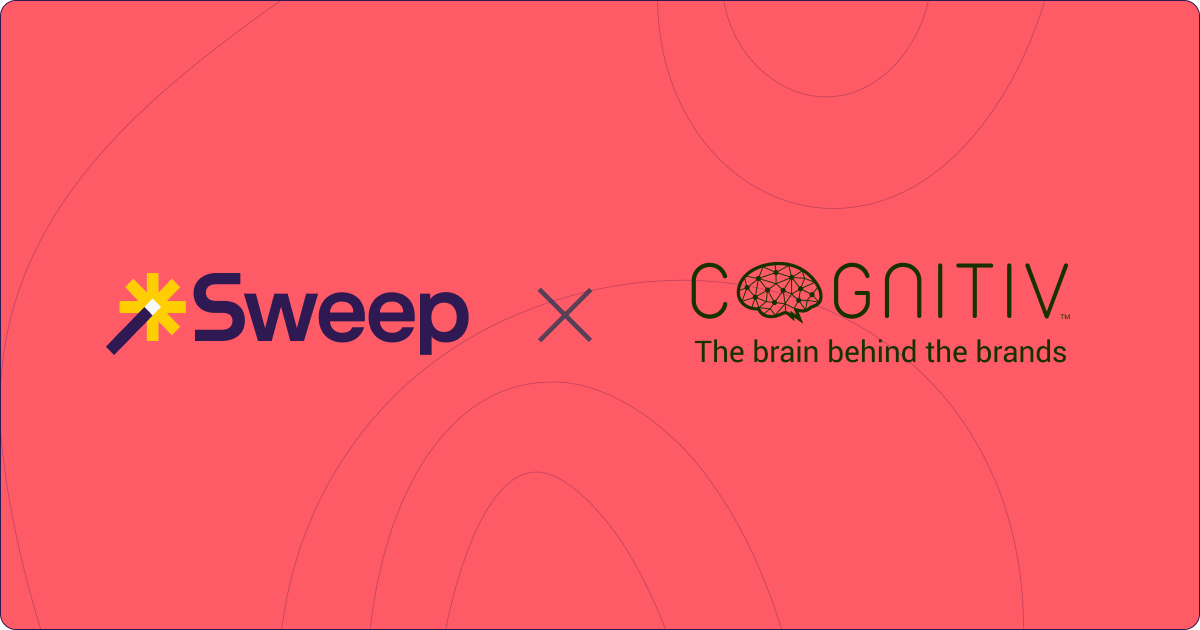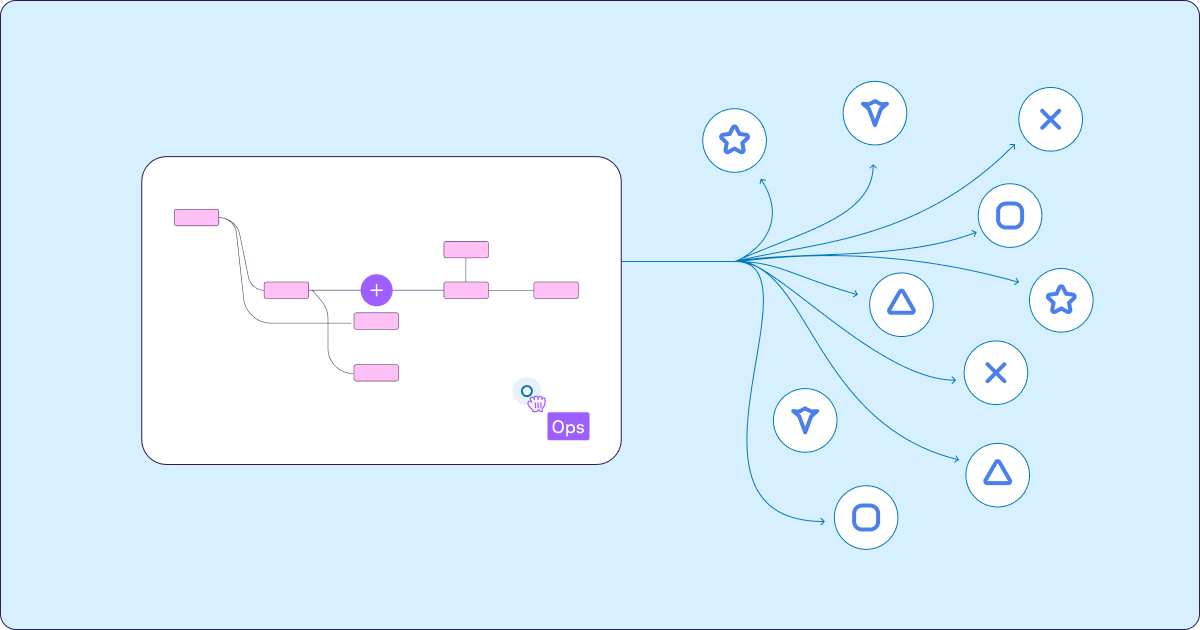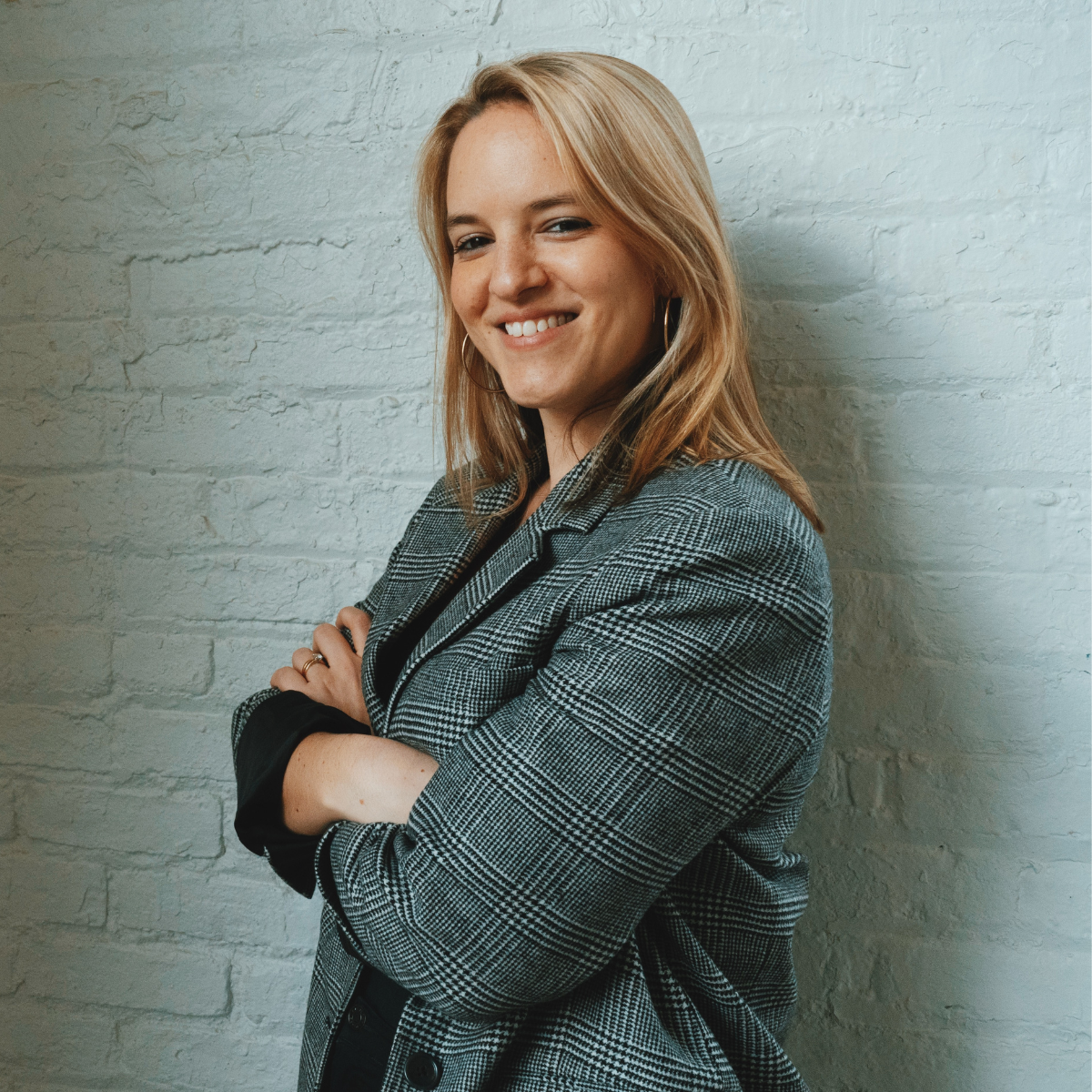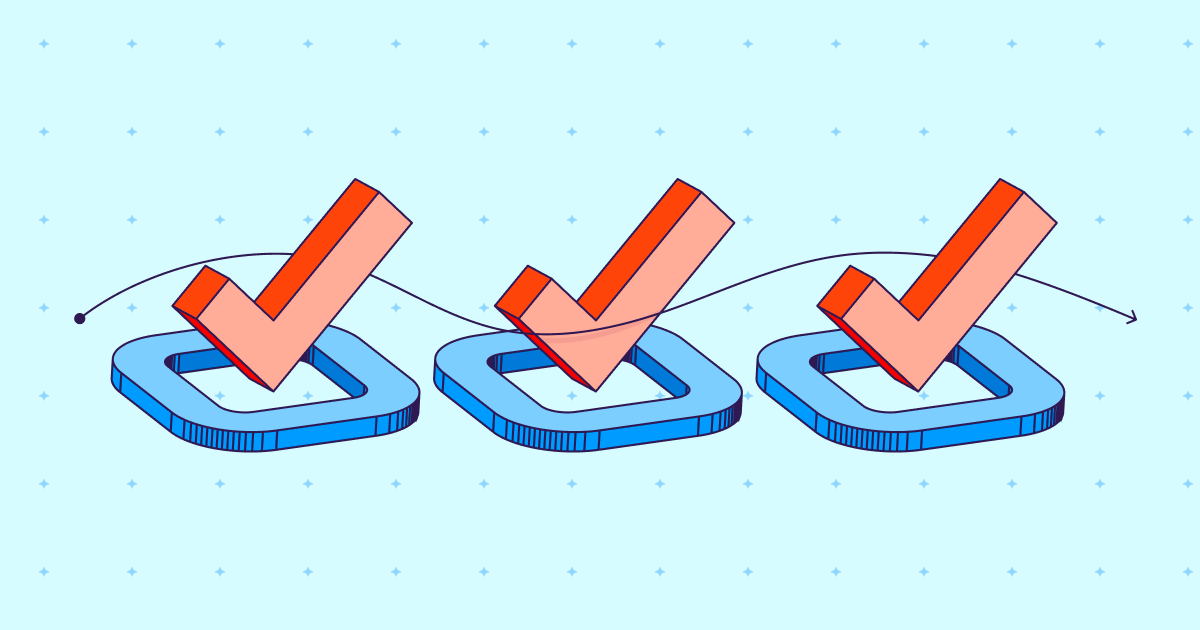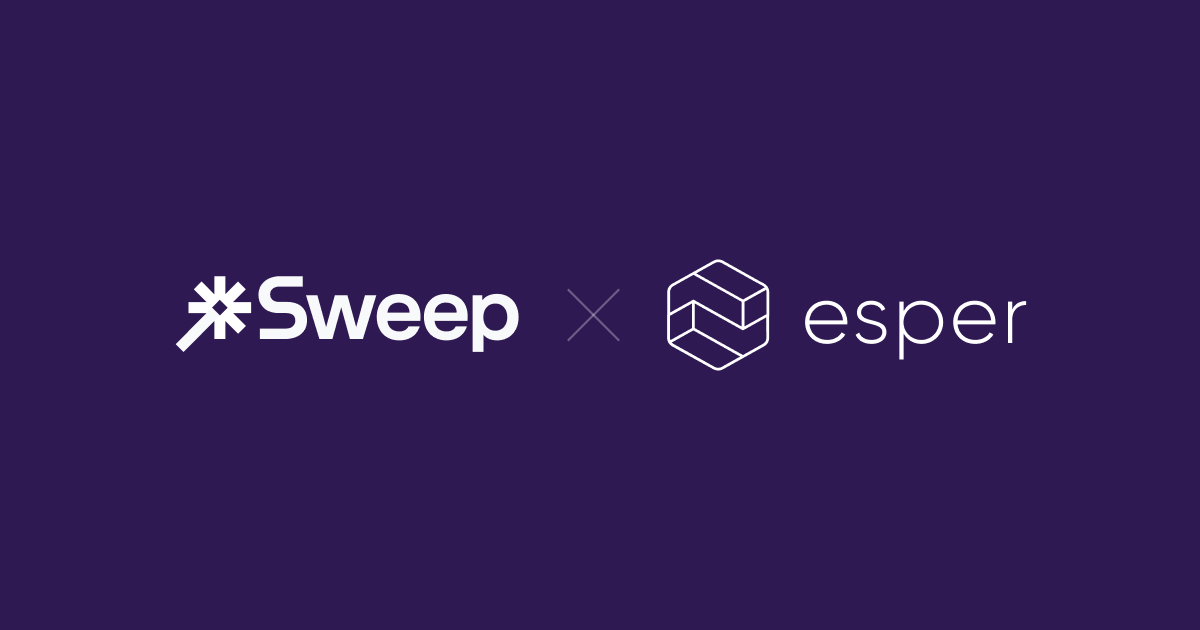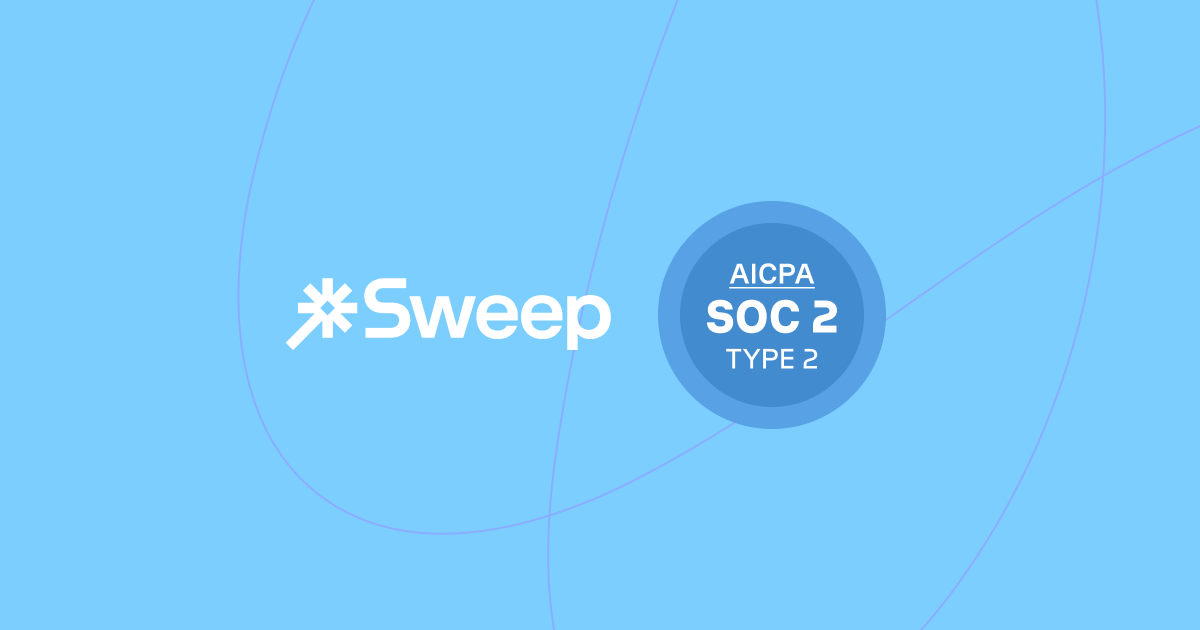

As the end of the year approaches, CIOs face a unique set of challenges and opportunities. From finalizing budgets to ensuring system resilience for peak business activity, the end of Q4 is a time to reflect and optimize. This is particularly true for CIOs who also serve as Salesforce platform owners. Q4 represents a strategic time to align CRM strategy with business goals, streamline processes, and prepare for a strong start to the new year. Whether you’re managing user adoption, integrating new features, or cleaning up data, this Salesforce-specific checklist will help you close out Q4 effectively.
1. Review Salesforce Budgets and Utilization
Your Salesforce investment is significant, so year-end is the perfect time to ensure you’re getting maximum value.
- Audit License Usage: Identify unused or underutilized licenses. Reallocate them to active users or adjust your contract to save costs. According to a study, nearly 37% of companies admit to overspending on Salesforce by purchasing more licenses than they need. Tools like Sweep make this easier by allowing you to locate hard-coded user names or IDs directly within configurations, helping you pinpoint licenses tied to inactive or unnecessary roles.
- Evaluate Feature ROI: Review your adoption of Salesforce products like CPQ, Marketing Cloud, Field Service, or AI Agents. Are these tools driving measurable value? If not, plan for retraining or consider reconfigurations.
- Assess Third-Party Tools: Evaluate the integrations, apps, and add-ons connected to Salesforce. Remove redundant tools, and prioritize those that enhance platform efficiency. Organizations often find that third-party tools overlap in functionality, for example, Rouel Agustin, Cybrary’s Director of Revenue Operations, cut overall costs by consolidating tools with Sweep's "account matching and routing, in addition to documentation, a slack integration and configuration."
- Prepare for Renewals: Review vendor contracts tied to Salesforce, including system integrators and consultants, and renegotiate where necessary (the average Salesforce consultant charges between $150-$300 per hour for services).
2. Optimize Data Management and Cleanup
A clean Salesforce instance drives productivity and better decision-making, especially as you prepare for the next fiscal year.
- Deduplicate Records: Use native Salesforce capabilities or tools like Sweep to identify and merge duplicates on the contact, lead, and account objects. This ensures reps aren’t wasting time on redundant data.
- Archive or Delete Old Records: Move inactive leads and outdated data to archives or remove them altogether to stay within storage limits.
- Standardize Data Formats: Clean up fields like phone numbers, addresses, and emails for consistency and better integration with other systems.
- Align with Business Units: Coordinate with Sales, Marketing, and Customer Success teams to ensure their data needs are met while maintaining a single source of truth.
3. Prepare Salesforce for Year-End Activity
The final weeks of Q4 are a high-pressure time for sales teams, making it crucial to ensure Salesforce is running smoothly.
- Audit Automation Rules: Review workflows, flows, and process builders to confirm they are running efficiently and aren’t causing performance lags. With Salesforce ending support for Workflow Rules and Process Builder, now is the perfect time to transition these automations into Flows, Apex, or Sweep automations. Tools like Sweep provide technical documentation that allows you to review and refine your automations easily, ensuring smooth operations during peak activity.
- Set Up Slack Alerts: Automate actionable notifications and Deal Rooms with real-time Salesforce data, allowing your team to update records directly within messages without leaving their inbox.
- Stress-Test Your Instance: Simulate high-usage scenarios, such as end-of-quarter deal rushes, to ensure your system remains responsive. With a large number of Flow automations or third-party solutions, hitting Salesforce’s CPU limits is a common challenge, leading to delays and system bottlenecks. Sweep helps mitigate this by leveraging custom metadata and executing processes asynchronously, ensuring your environment operates efficiently even under heavy loads. For example, Cybrary reduced their lead “holding period” from 19.4 minutes to just 33 seconds using Sweep’s advanced matching and routing.
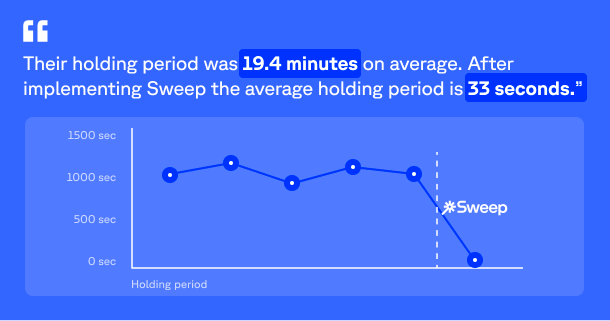
4. Review Integrations and System Performance
Salesforce doesn’t operate in a vacuum. Ensuring smooth integrations and optimal system performance is critical at year-end.
- Audit Connected Tools: Confirm integrations with systems like marketing automation, ERP, and customer service platforms are functioning without errors or delays. For example, use Sweep to visualize your HubSpot and Salesforce integration. Automate syncing between both platforms to ensure alignment and create unified reports that show the true ROI of your marketing efforts.
- Review API Limits: Check API usage against limits to avoid disruptions during peak activity.
- Plan for Enhancements: Identify integration gaps and prioritize projects for the upcoming year, like connecting Salesforce to data visualization tools or AI systems.
5. Set the Stage for Salesforce Success in 2025
Year-end reviews provide valuable insights to refine your Salesforce roadmap and align it with organizational priorities.
- Define Success Metrics: Collaborate with business leaders to establish KPIs for Salesforce usage, such as time-to-lead assignment, data quality scores, or pipeline velocity.
- Prepare for AgentForce: The future of the Salesforce platform is Agent-focused and data driven. Build time into your 2025 to review, stabilize, and harden your existing features, so you’re ready for the future.
- Upskill Your Team: Identify training opportunities for admins, developers, and end-users to maximize the value of Salesforce across departments.
- Optimize Governance: Establish regular governance meetings and processes to ensure Salesforce remains a strategic enabler, not just a technical tool.
Closing out the year is not just about cleaning up your Salesforce instance—it’s about setting a solid foundation for the future. By addressing data, governance, and processes now, you can start the next fiscal year with confidence. With Sweep, you can simplify Salesforce cleanup and ensure your org is ready for the challenges and opportunities of 2025. Not only does Sweep automate processes like deduplication, lead routing, and stalled deal alerts, but it also provides your team with a way to consolidate the tech stack in a way that’s both cost-efficient and still incredibly effective. Book a personalized demo today to see how Sweep can help your team reach your goals before the end of the year.

